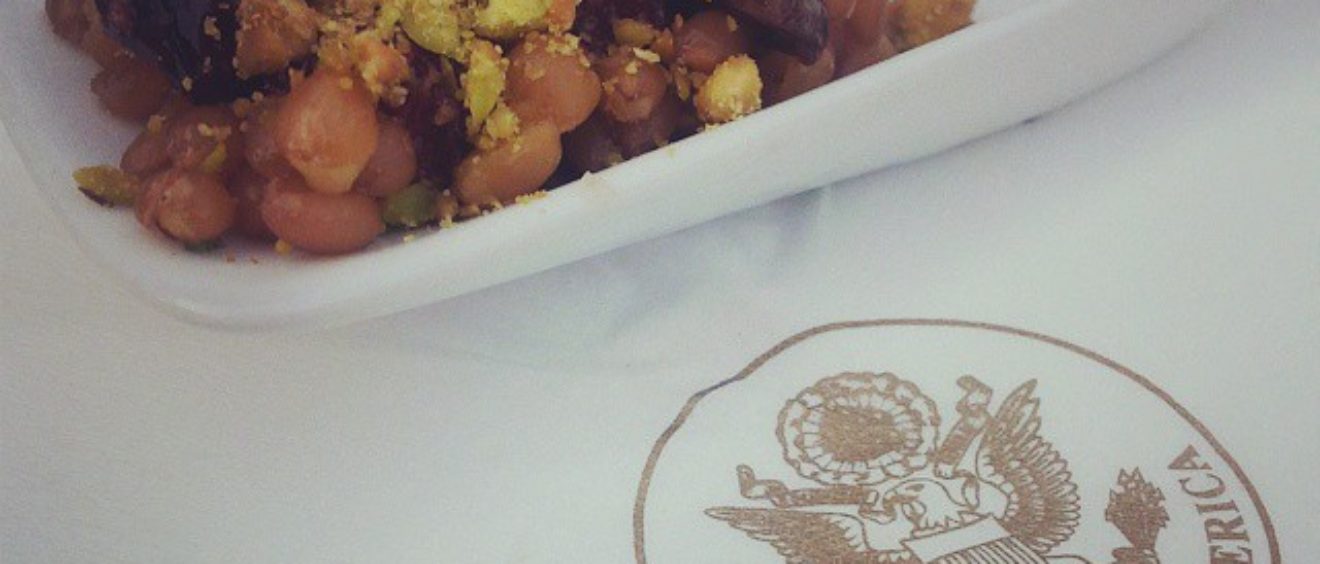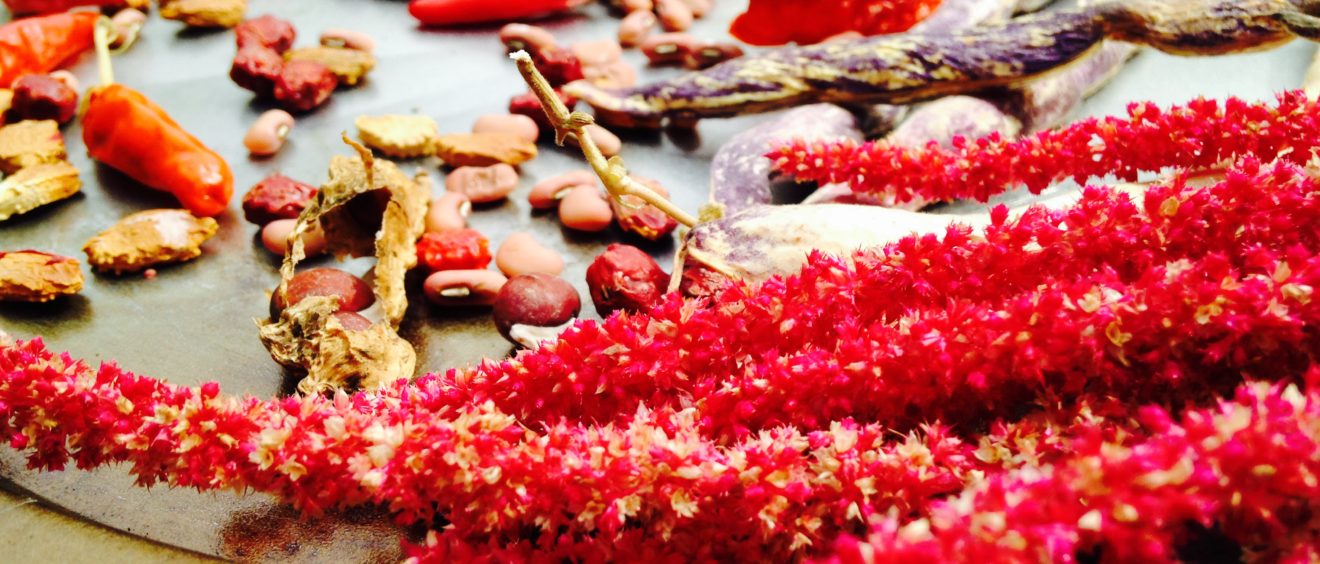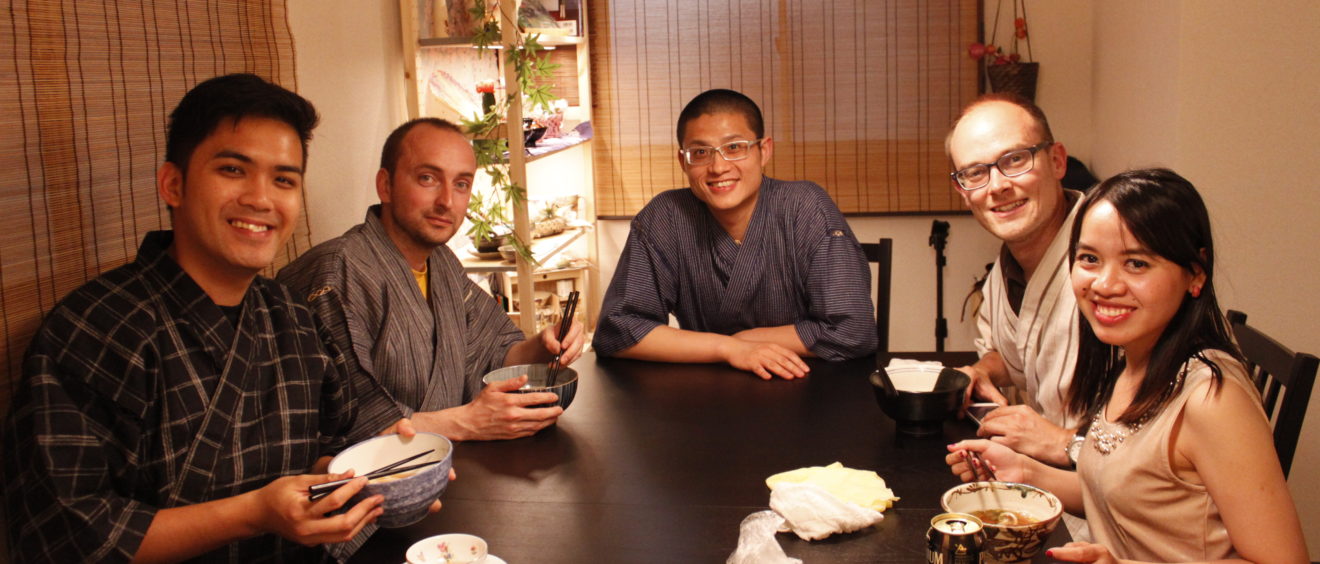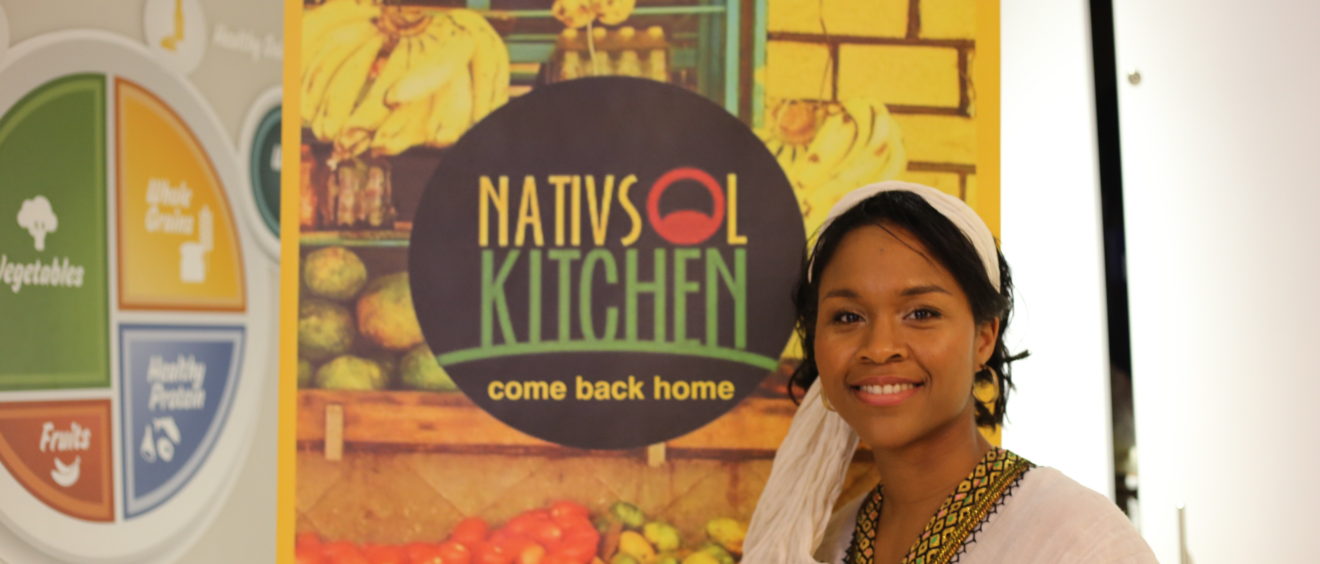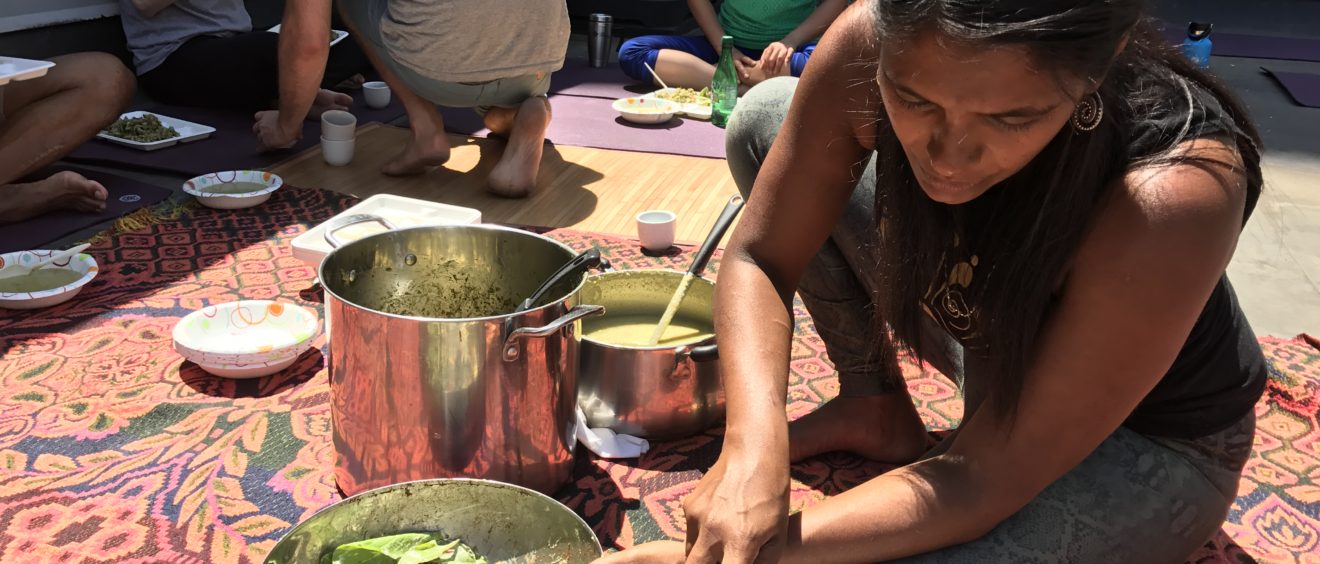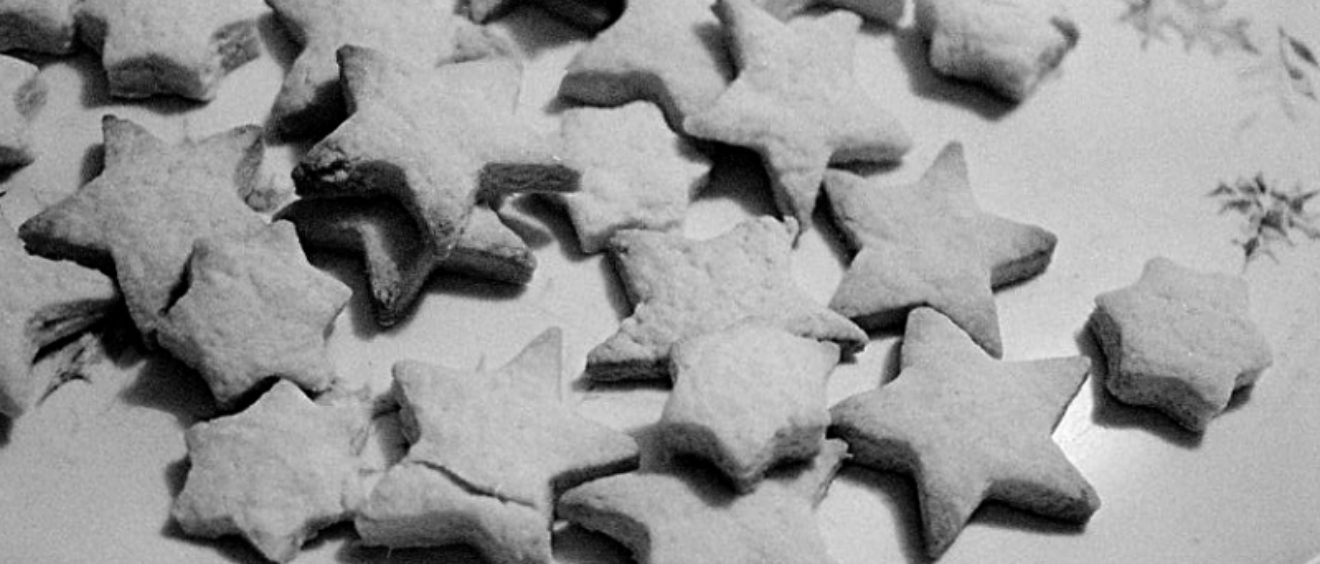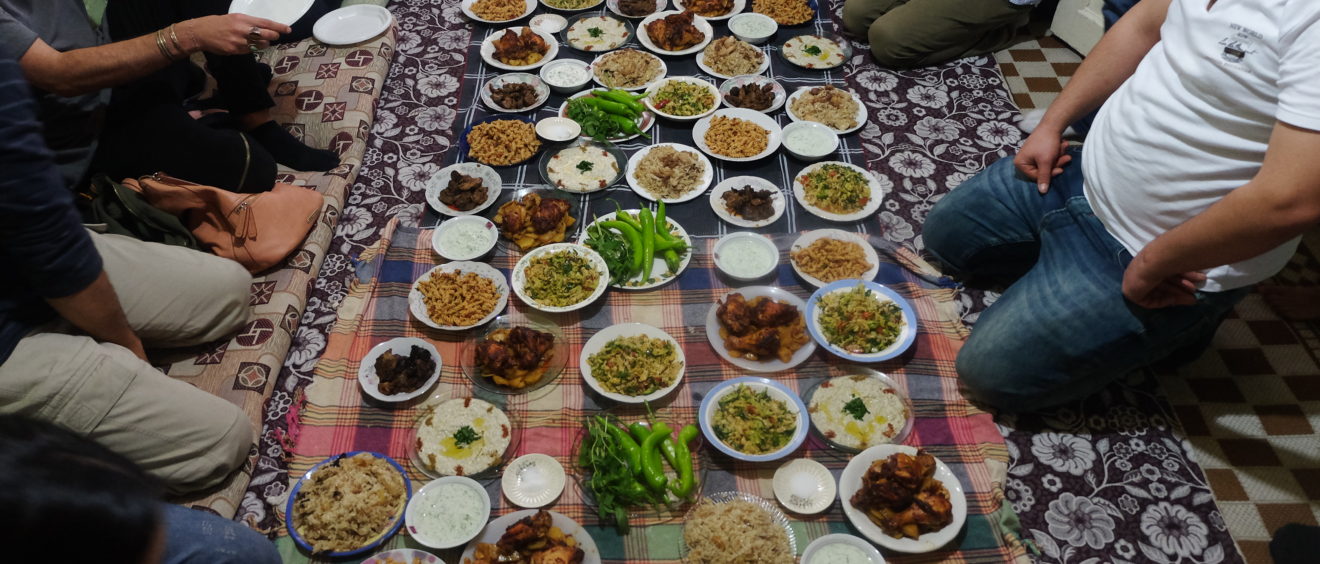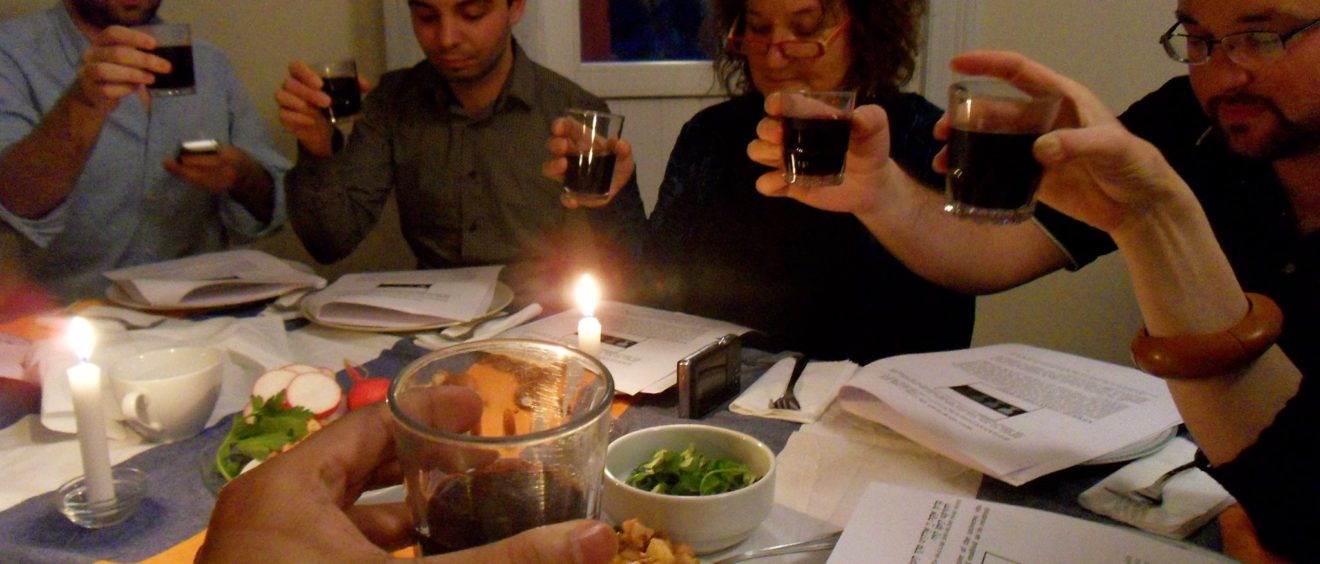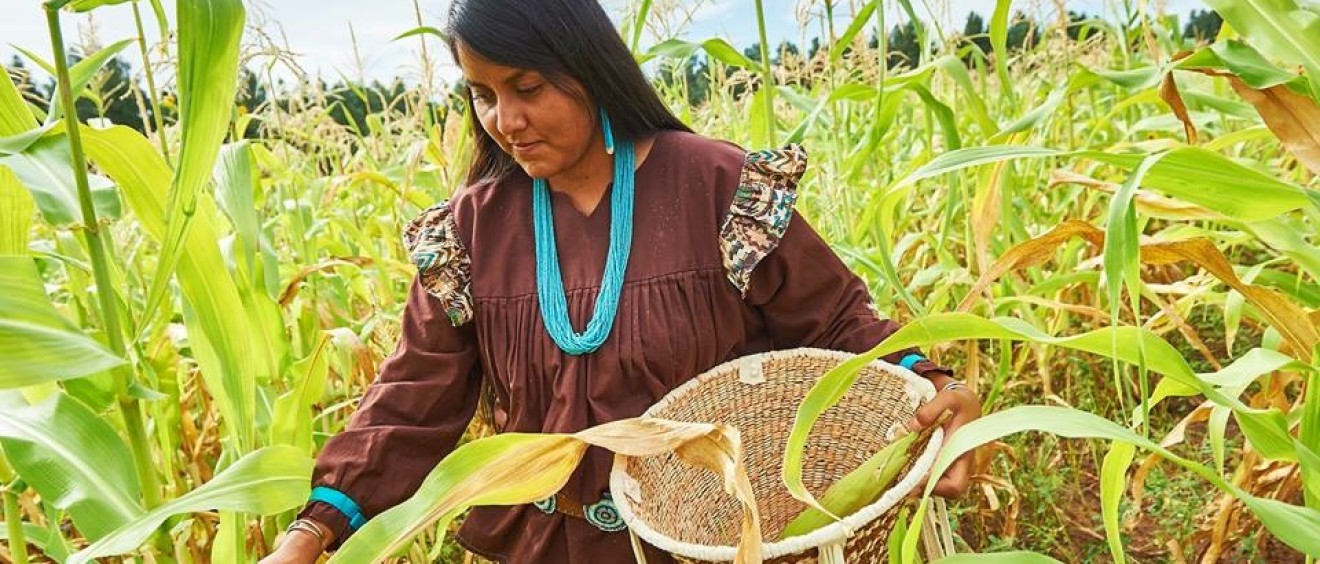Often times, it’s people that bring food to different places. But once in a while, food can take a person around the whole world.
JJ Harder’s journey to becoming a gourmand, as well as a diplomat, was not always clear-cut. He recalls growing up eating frozen foods in Omaha, Nebraska. College taught him how to cook, since living with a bunch of guys entailed a not-so healthy diet. After returning from the Peace Corps in Bolivia, and being introduced new foods while there, he was craving something more. He took it upon himself to visit every single restaurant in Lincoln, Nebraska, which ultimately led him to become a food critic for the local newspaper.

